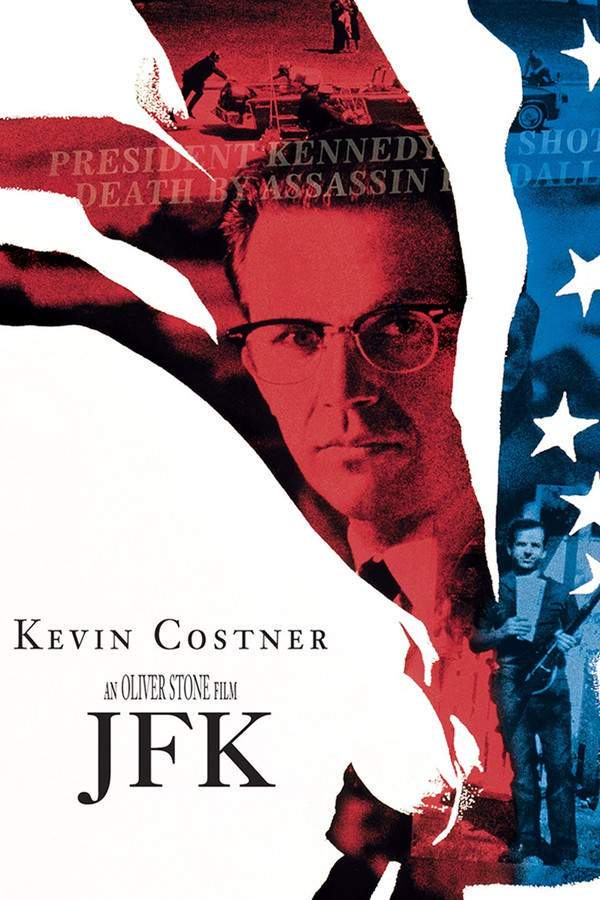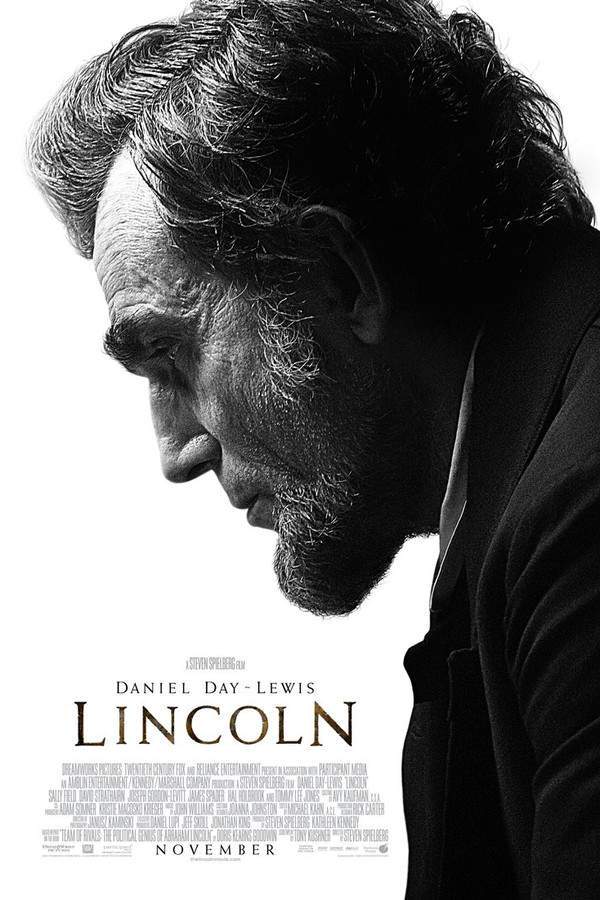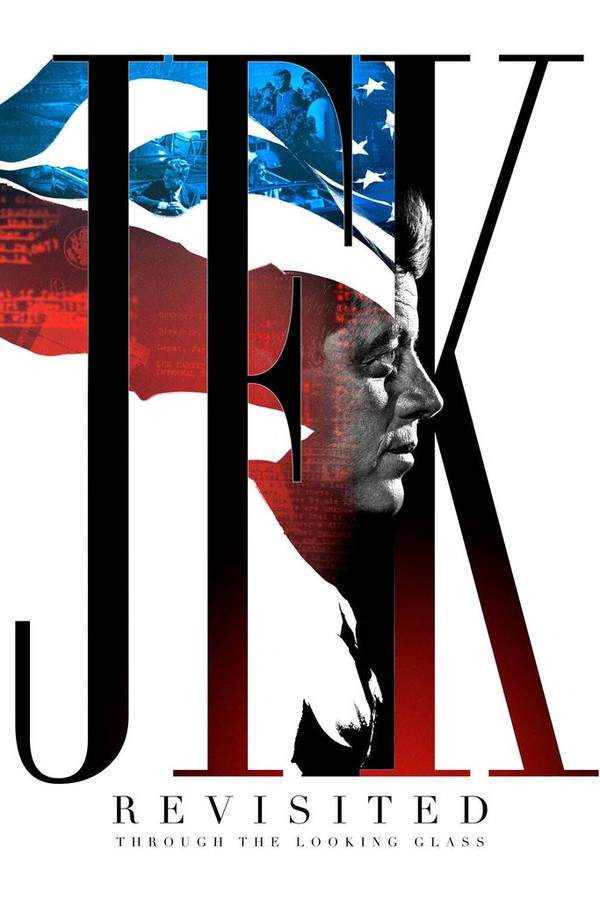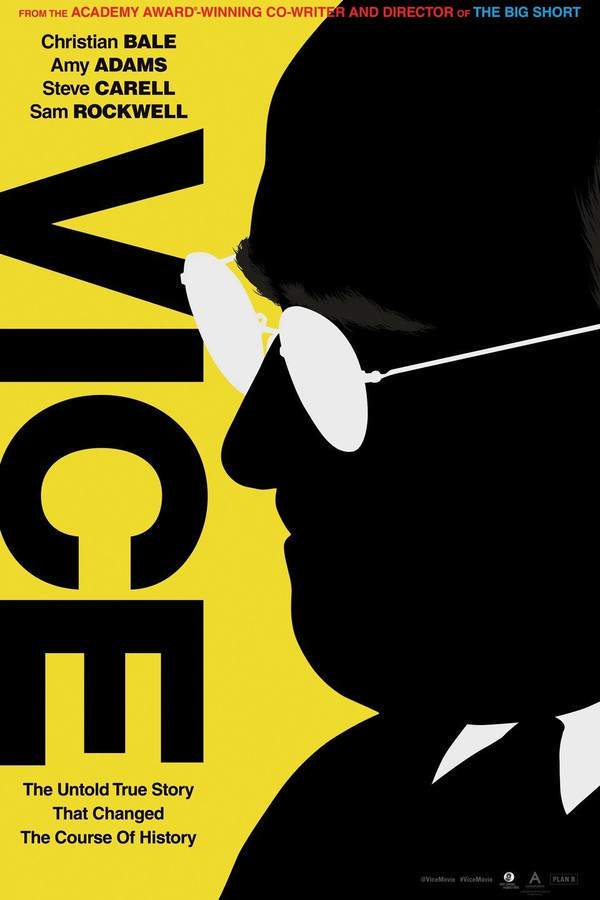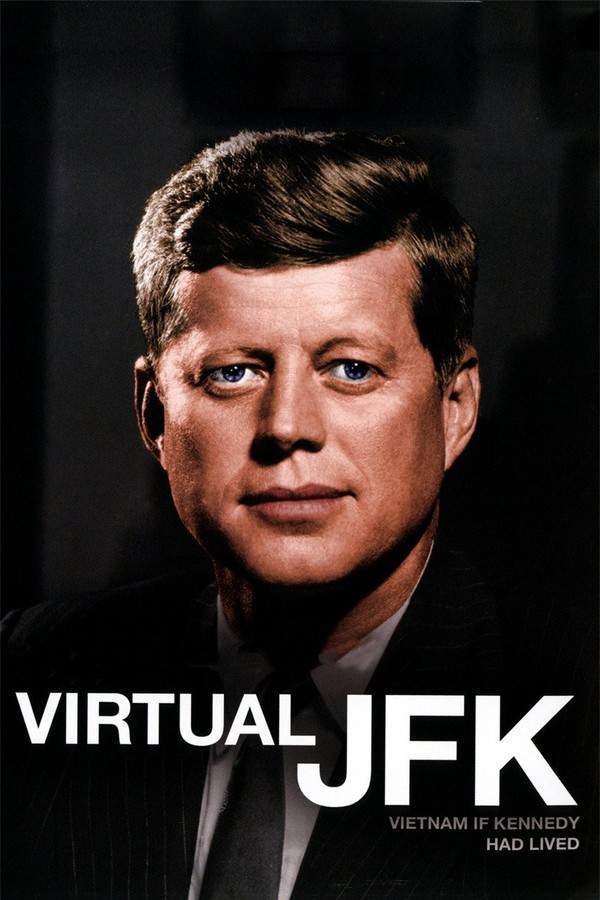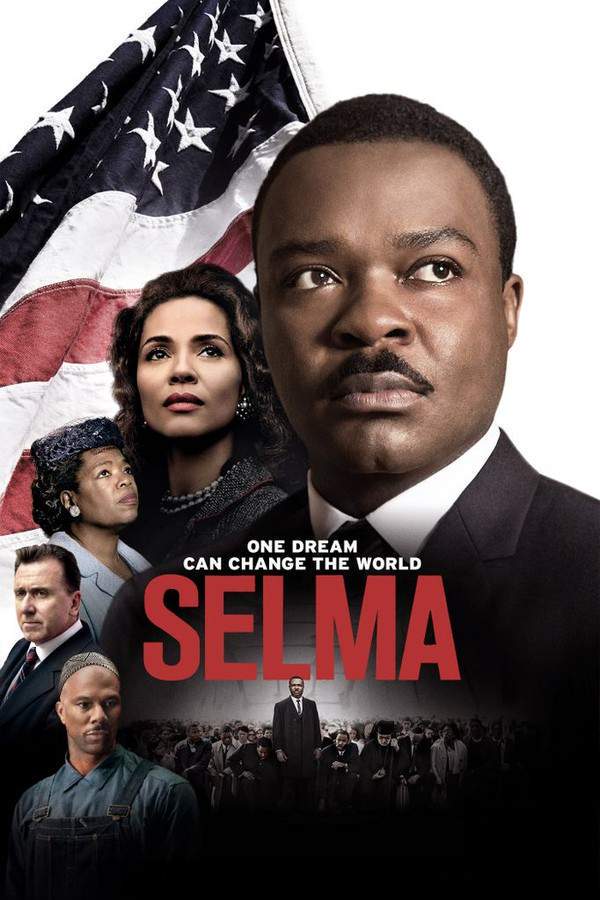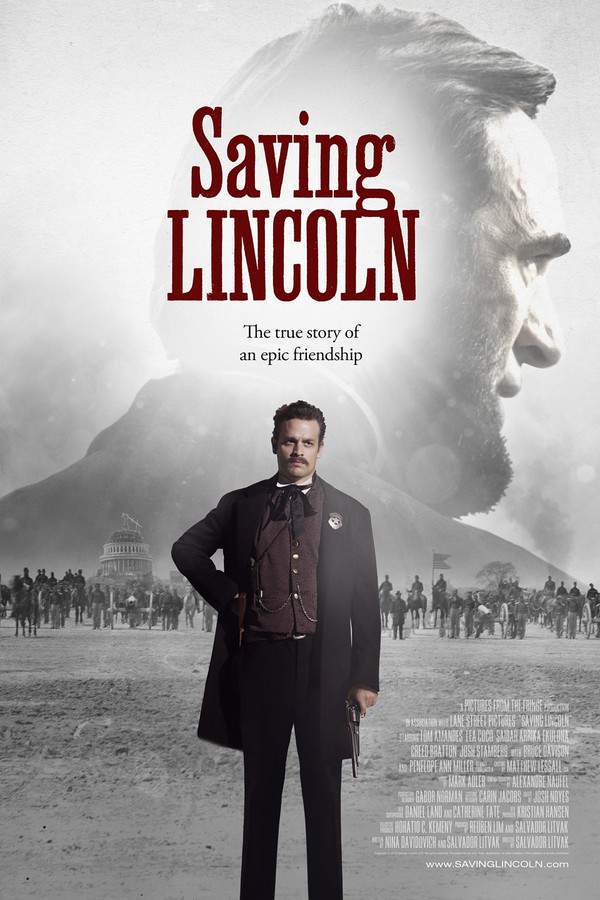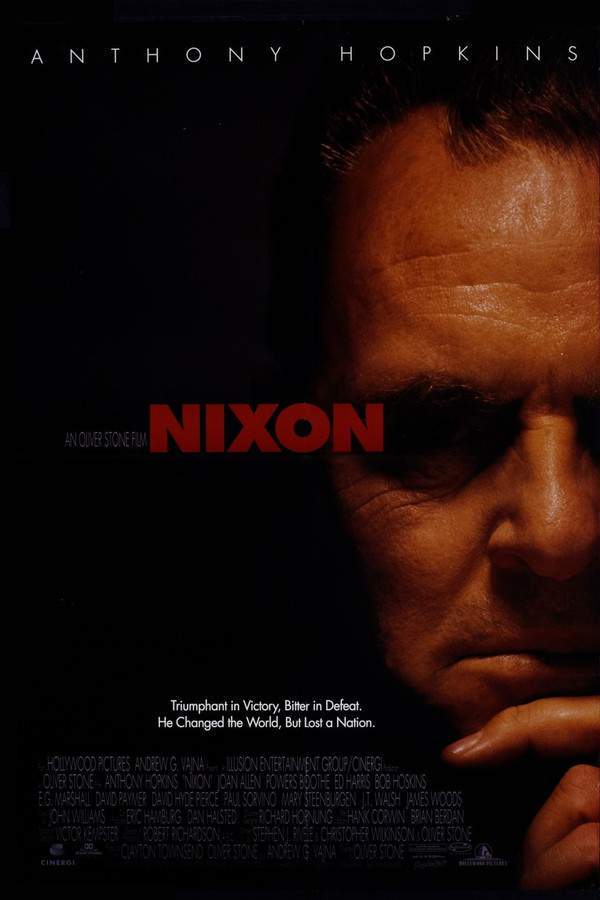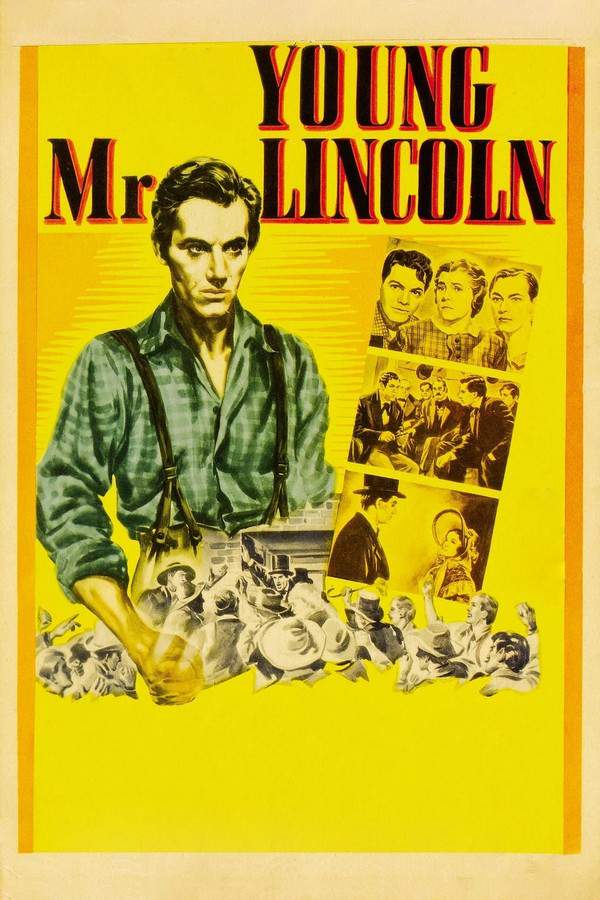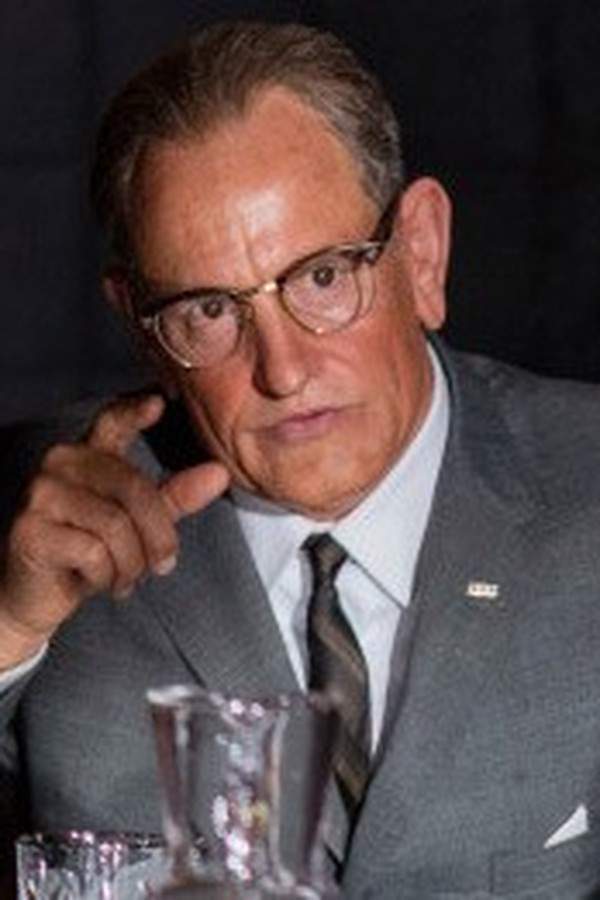
LBJ
This biographical drama portrays the life of Lyndon Baines Johnson, from his time as a powerful figure on Capitol Hill to his sudden ascension to the presidency. Following the tragic death of John F. Kennedy, Johnson is thrust into the role of President, forcing him to navigate immense challenges and confront the complexities of leadership while grappling with the profound responsibility of the office. Woody Harrelson delivers a compelling performance as the controversial figure.
Warning: spoilers below!
Haven’t seen LBJ yet? This summary contains major spoilers. Bookmark the page, watch the movie, and come back for the full breakdown. If you're ready, scroll on and relive the story!
Timeline – LBJ (2017)
Trace every key event in LBJ (2017) with our detailed, chronological timeline. Perfect for unpacking nonlinear stories, spotting hidden connections, and understanding how each scene builds toward the film’s climax. Whether you're revisiting or decoding for the first time, this timeline gives you the full picture.
Last Updated: May 12, 2025 at 07:04
Unlock the Full Story of LBJ
Don't stop at just watching — explore LBJ in full detail. From the complete plot summary and scene-by-scene timeline to character breakdowns, thematic analysis, and a deep dive into the ending — every page helps you truly understand what LBJ is all about. Plus, discover what's next after the movie.
LBJ Summary
Read a complete plot summary of LBJ, including all key story points, character arcs, and turning points. This in-depth recap is ideal for understanding the narrative structure or reviewing what happened in the movie.

Characters, Settings & Themes in LBJ
Discover the characters, locations, and core themes that shape LBJ. Get insights into symbolic elements, setting significance, and deeper narrative meaning — ideal for thematic analysis and movie breakdowns.

Similar Movies to LBJ
Discover movies like LBJ that share similar genres, themes, and storytelling elements. Whether you’re drawn to the atmosphere, character arcs, or plot structure, these curated recommendations will help you explore more films you’ll love.
Explore More About Movie LBJ
LBJ (2017) Plot Summary & Movie Recap
LBJ (2017) Scene-by-Scene Movie Timeline
LBJ (2017) Spoiler-Free Summary & Key Flow
Movies Like LBJ – Similar Titles You’ll Enjoy
JFK (1991) Film Overview & Timeline
Jackie (2016) Spoiler-Packed Plot Recap
Lincoln (2012) Film Overview & Timeline
Bobby (2006) Plot Summary & Ending Explained
The Assassination of Richard Nixon (2004) Film Overview & Timeline
JFK Revisited: Through The Looking Glass (2021) Full Movie Breakdown
Vice (2018) Full Movie Breakdown
Virtual JFK: Vietnam If Kennedy Had Lived (2008) Movie Recap & Themes
Selma (2014) Detailed Story Recap
Reagan (2024) Story Summary & Characters
The U.S. vs. John Lennon (2006) Complete Plot Breakdown
Saving Lincoln (2013) Full Summary & Key Details
Nixon (1995) Film Overview & Timeline
Young Mr. Lincoln (1939) Full Movie Breakdown
Interview with the Assassin (2002) Full Summary & Key Details



